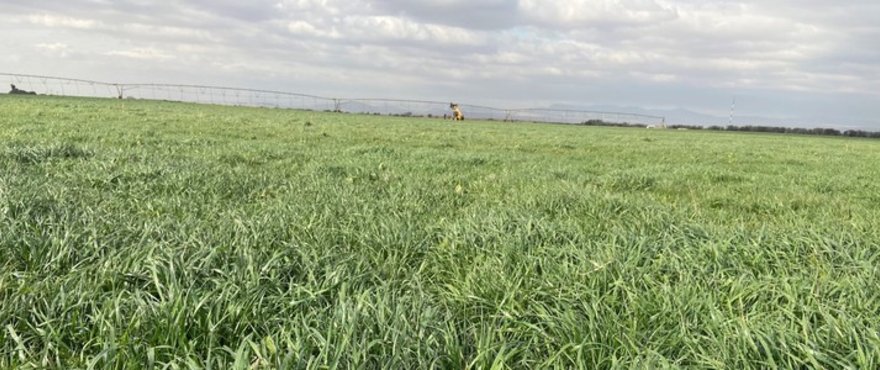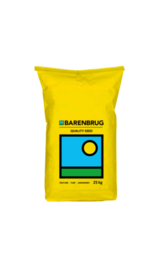Royal Q-100 is a cross between mediterranean and continental genetics, showing higher winter production than the continental cultivars and more even production through the year than the mediterranean cultivars. It has high forage quality and digestibility levels in late spring and summer, similar to ryegrass.
Key features
• High yields all year round
• Better autumn & winter production
• Excellent heat tolerance
• High forage quality
• Excellent rust resistance
Benefits
• Better fit to fodder flow systems
• More feed when needed compared to some continental types. Variety suited for dairy production
• Higher summer forage yields.
• Increased persistence
• Higher intake by grazing animals
• Increased quality feed



